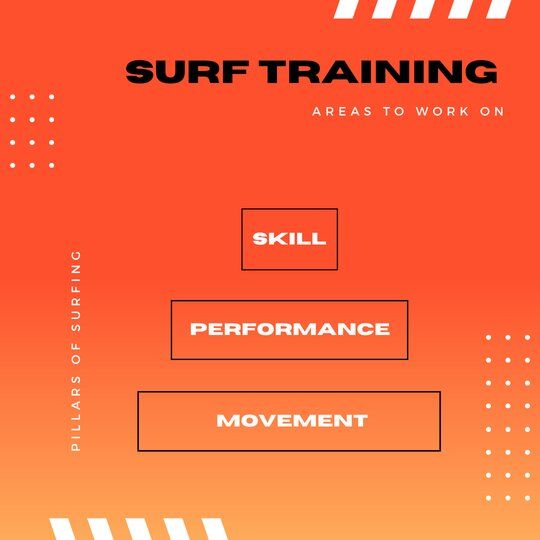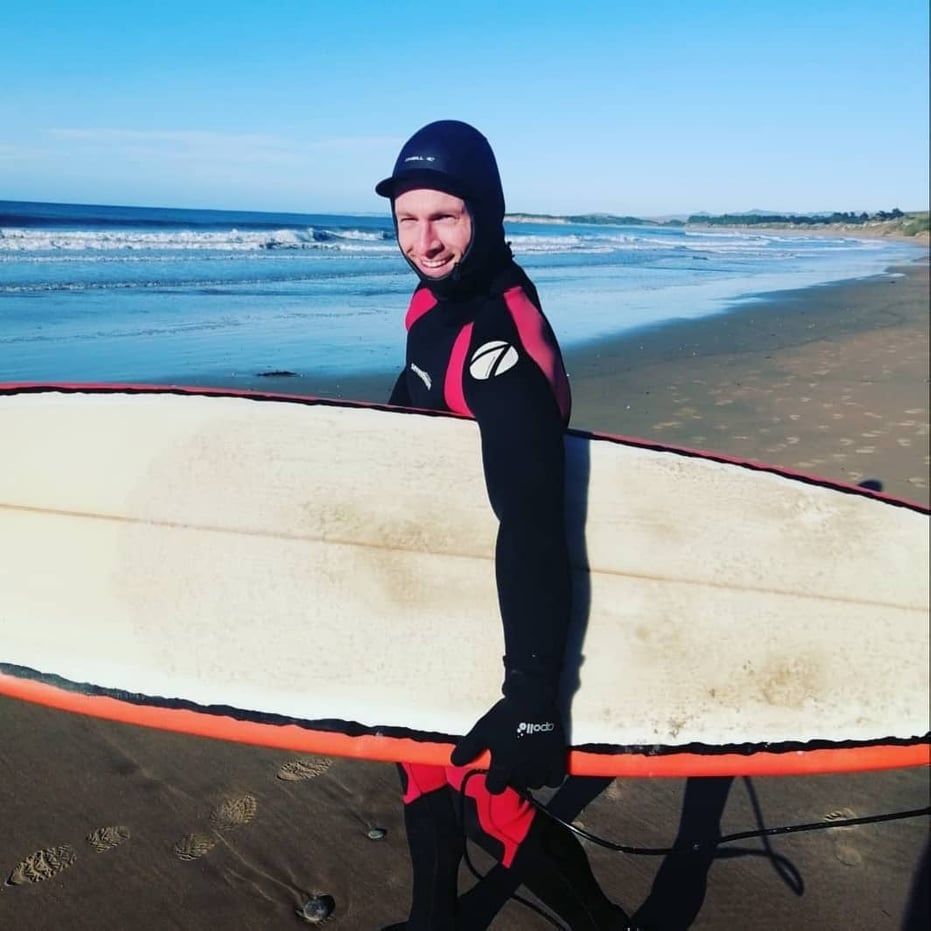'Tail Wagging the Dog'
Rede Frisby
Drag to resize
Rede Frisby, certified Level 1 Surf Foundation Specialist, gives his expert opinion on the three training pillars he believes will help accelerate the learning process of intermediate surfers.
When it comes to learning how to surf we have been getting in our own way!
Perhaps you might think it's not having the knowledge available...but more than likely it's probably a simple case of someone not taking the time to point this out to us.
When it comes to learning how to surf we have been getting in our own way!
Perhaps you might think it's not having the knowledge available...but more than likely it's probably a simple case of someone not taking the time to point this out to us.
Drag to resize
Google Learning to surf | Google Learn to surf
Do a quick internet search on 'learning to surf' and you'll generally tend to turn up one of two things
(1) Surf schools offering to teach beginners how to pop up within 1 lesson; or their money back guaranteed
(2) Learn how to perform a 'backside switch-stance backdoor tube ride'...
Ok maybe that last example is a little far-fetched, however the point remains it seems to be one end of the spectrum or the other; polar opposites by nature in any case. On one hand we have the most basic skill of wave riding (standing) and at the other... far, far more advanced skills coaching for surfing. There's not a lot of wiggle room to move in-between with this approach....SO master the latter and you will be the next surfing sensation overnight it would seem!
Surfing as an activity is hugely dynamic both in terms of a surfer having to perform in an ever-changing and unstable environment. As well as the complex movement demands rendering surfers' some kind of modern-day hybrid "aquatic gymnast". The barriers to learning can be significant and the curve steep to say the least!
I'm now going to say that I think we have it all wrong in trying to learn more technical skills after barely learning to stand up...It's a 'tail trying to wag the dog' approach.
Instead we need to be focused on the aspects that we can control - physical capabilities that we were ALL born with - as they relate to our own bodies. As even more ironically, the actual act of standing riding a surfboard only accounts for a mere 8% of any surf session (Farley, 2011). Therefore, it doesn't take an expert to realise this is a less than ideal contribution to be spending all of our energy and focus on initially.
If you improve upon your physical capabilities THEN you can be better equipped to progress to more complicated skill-based coaching and the art of proper wave riding.
I prefer to break it down into three key areas - all can occur even before a beginner sets foot on a surfboard - or at the very least shortly after.
- Breath training
- Posture training (mobility and stability)
- Movement (developmental patterns and performance)
Breath training
The mechanics of breathing are important to consider because if we can optimise our breathing machinery we can maximise our efficiency both at rest and under stress in the ocean. In this day and age of modern convenience and sitting in front of social media – many people have lost the ability to 'breathe for themselves' in other words to let the diaphragm work for them at rest. Exhibiting a dysfunctional pattern of breathing whilst lying prone on a surfboard and then hoping to paddle is asking for trouble. When the respiratory muscles are recruited with exertion, the dysfunction is further magnified.
Posture training
Joint centration is defined as being a joint being correctly positioned or 'stacked'. Correct positioning means that the joint has a perfect axis of movement needed while supporting proper disassociation of movement from other joints. Some form of postural work can assist in restoring / optimising joint centration. The NET result is a more balanced (stable) surfer who can move through all degrees of freedom (mobility) as their body was designed to do so.
Posture training
Movement; In order to create efficient movement patterns i.e. no wasted energy or leakage of effort; we need to be able to stabilise our bodies proximally (close to the truck or core) this allows for greater distal mobility and fully integrated motion at our extremities (arms or legs). Mastering the basic developmental movement patterns we were exposed to from young age i.e. push, pull, squat, lunge, bend and rotate is important. This is before adding further layers of complexity. It has been calculated it takes 300-500 attempts to learn a new movement pattern and upwards of 5000 attempts to correct a faulty one! If you can move well and have control over your body's position in space; you can progressively overload the developmental movement patterns over time / exposure (performance) to eventually train far more complex surfing (skills) and manoeuvres.
Working on each of these three physical components CONCURRENTLY with your surfing basics (in the water) will help to further augment and accelerate the process!
Ultimately beginners need to increase their chances of duck diving and getting out the back easier; catching waves; standing up...exposing themselves to completing successful rides. THEN REPEATing the process over and over.
They want to reduce their learning curve; frustrations and injury risk.As a further bonus they will raise their enjoyment levels and surf longevity.
Ultimately beginners need to increase their chances of duck diving and getting out the back easier; catching waves; standing up...exposing themselves to completing successful rides. THEN REPEATing the process over and over.
They want to reduce their learning curve; frustrations and injury risk.As a further bonus they will raise their enjoyment levels and surf longevity.

SO I put it to you - that applying a more efficiently directed or 'surfer-centred approach' when surfers are still in their infancy by working on each of the physical components outlined above - will be far more motivating and encouraging for ANY learner to make greater strides in our awesome activity that is surfing!
Rede Frisby is a Surf Foundation Specialist working with beginner level surfers to close the physical gap and help them achieve results.
@function2surf
www.function2surf.com
If like Read, you'd like to learn how to use valid and reliable assessment protocols to effectively design programs that will enhance surfers' stability, mobility, strength, breathing, energy systems and technique...check our Surf Foundation Specialist certification .
@function2surf
www.function2surf.com
If like Read, you'd like to learn how to use valid and reliable assessment protocols to effectively design programs that will enhance surfers' stability, mobility, strength, breathing, energy systems and technique...check our Surf Foundation Specialist certification .


